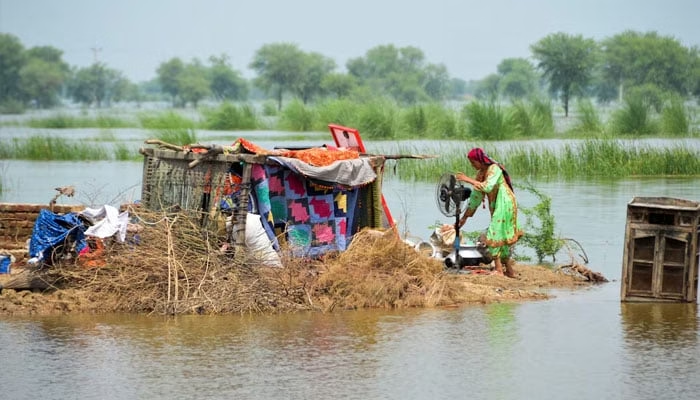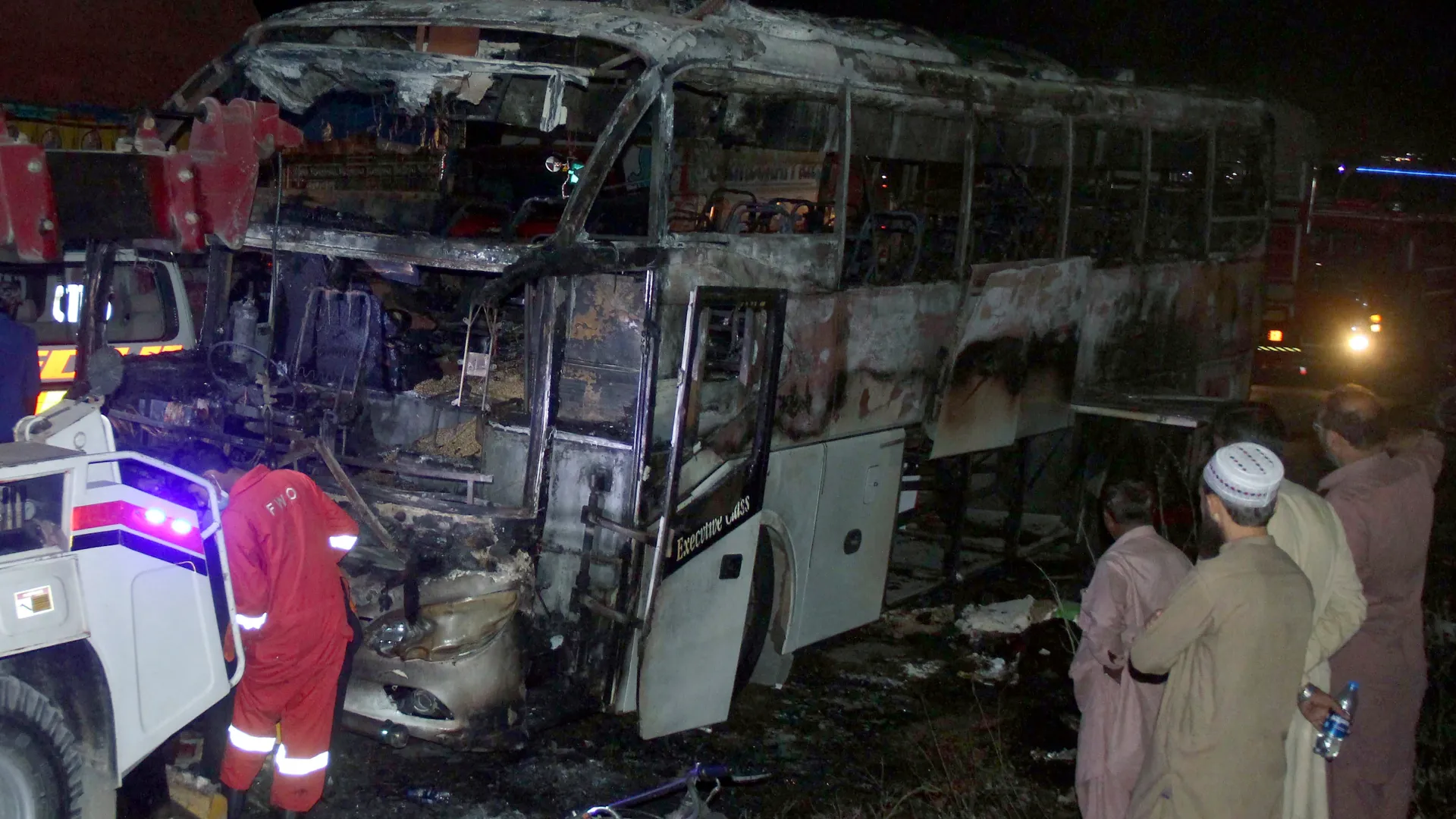The National Emergencies Operation Center (NEOC), operating under the National Disaster Management Authority (NDMA), has issued an urgent flood warning, urging citizens living near rivers, streams, and vulnerable areas to remain vigilant and prepare for possible evacuations. This warning comes in the wake of heavy monsoon activity expected to continue until July 10, with the likelihood of moderate to heavy rainfall over major river catchments.
In a public statement issued on Monday, NEOC stressed the importance of early preparation. Residents in low-lying or flood-prone regions have been advised to identify safe evacuation routes and move essential items, vehicles, and livestock to elevated, secure locations. “Emergency kits, including food, drinking water, and medical supplies, should be prepared for at least three to five days,” NEOC advised.
Over the next 48 hours, the risk of both riverine and flash flooding is considered high, particularly in areas experiencing sustained or intense rainfall. Citizens are urged to stay informed through official channels, flood alerts, and weather forecasts. Sudden water level increases at night or during downpours remain a significant risk.
The prime minister has taken notice of the ongoing monsoon situation. Prime Minister Muhammad Shehbaz Sharif has directed the NDMA, provincial disaster authorities, and all relevant departments to remain on high alert to respond swiftly to any emergency. The recent rainfall has already claimed at least 79 lives and injured over 140 individuals across the country, making preparedness a top priority for the government.
According to NEOC’s flood forecast, increased water flow is expected in all major rivers, including the Indus, Kabul, Chenab, and Jhelum. At present, low flood levels are being monitored at key points on the Indus River such as Tarbela, Kalabagh, and Chashma, with Taunsa also nearing low flood conditions. Similarly, River Chenab is showing signs of rising water levels at Marala and Khanki. The River Kabul at Nowshera is expected to hit the low flood mark, while Swat and Panjkora Rivers may swell further due to rainfall in their upper catchments.
The River Jhelum, along with its tributaries, is also forecasted to see increased inflows, possibly leading to localized flash flooding. The inflows at Mangla Dam on River Jhelum are projected to reach the low flood threshold.
In northeastern Punjab, nullahs and streams flowing from the Pir Panjal mountain range could swell significantly, possibly reaching medium flood levels. Similar conditions may develop in the hill torrents of Dera Ghazi Khan and Rajanpur districts, potentially producing medium to high flood flows.
Balochistan is not exempt from the threat. Nullahs and seasonal streams in northeastern districts such as Jhal Magsi, Kachi, Sibi, Qila Saifullah, Zhob, and Musakhel are also likely to experience high water discharge, which could cause flash flooding in localized areas.
In Gilgit-Baltistan, rivers including Hunza and Shigar, and their tributaries such as Hispar, Khunjerab, Shimshal, Braldu, Hushe, and Saltoro, are expected to see a surge in water discharge. These conditions raise the possibility of flash flooding in these mountainous regions.
To cope with urban flooding, NDMA has directed the district administration, particularly in northeastern and central Punjab, to ensure the availability and operational readiness of de-watering pumps. The National Emergency Operations Center has also been instructed to highlight through the media the most vulnerable and less protected areas, classifying the risk level as high, medium, or low so that communities can be appropriately warned.
Prime Minister Shehbaz Sharif has also ordered the Pakistan Telecommunication Authority (PTA) to use all available communication tools to disseminate accurate, real-time flood information to the public. He expressed concern that the opening of spillways at Tarbela Dam could increase water levels downstream, affecting communities in lower Indus districts.
Furthermore, he directed provincial governments to intensify public awareness campaigns and ensure full preparedness for any flood-related emergency. The NDMA has been tasked with maintaining close coordination with provincial and district administrations and ensuring that all relevant departments are equipped to deal with potential flooding.
The NDMA has also urged citizens to download and use the “Pakistan NDMA Disaster Alert App” to receive real-time updates and important safety instructions.



